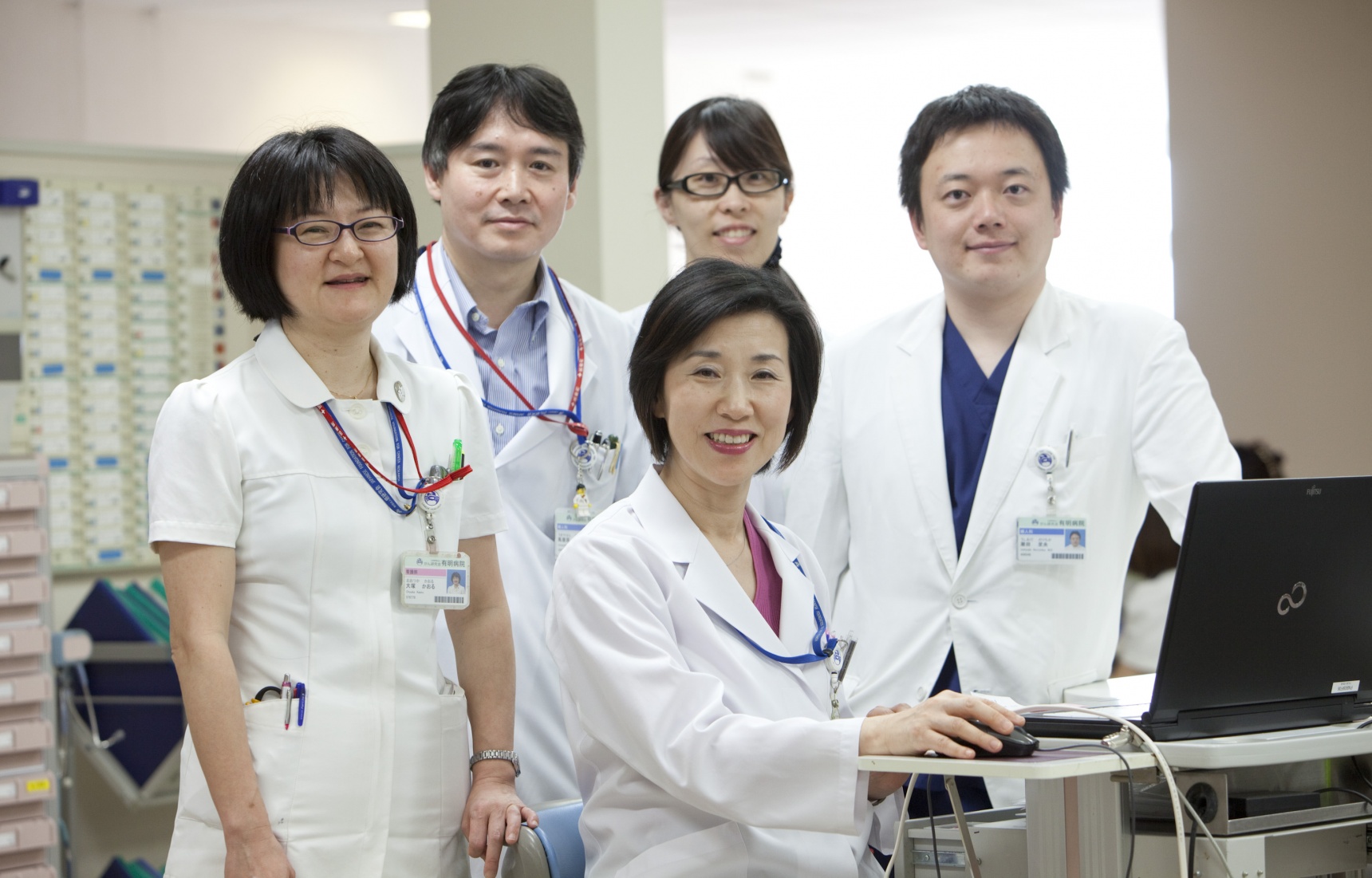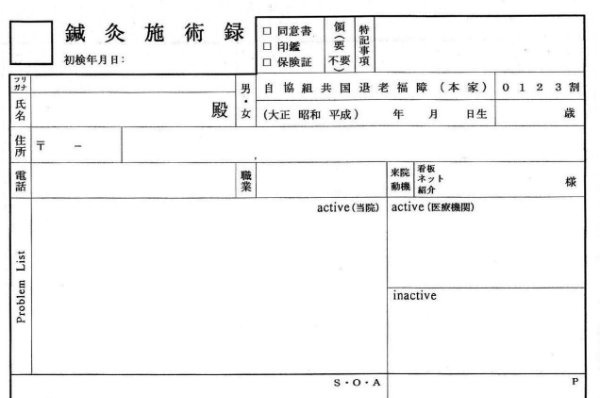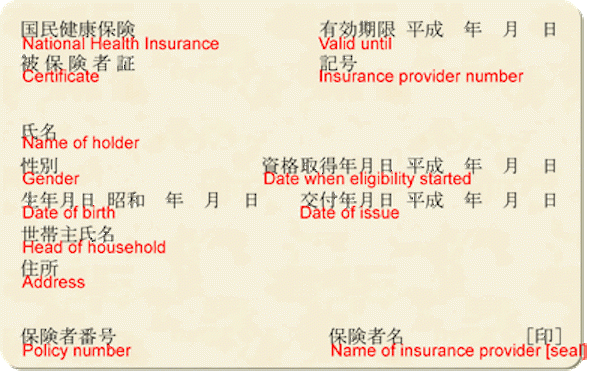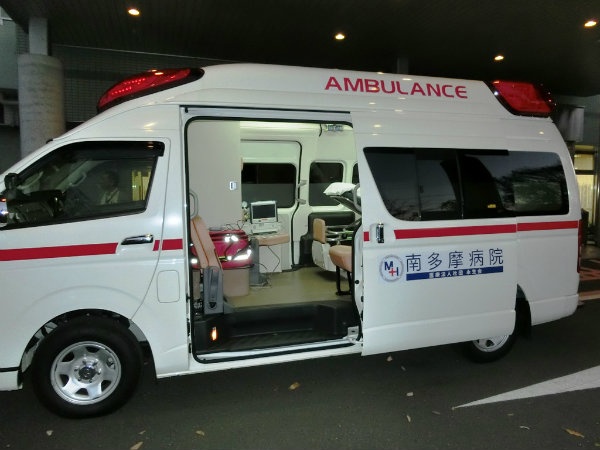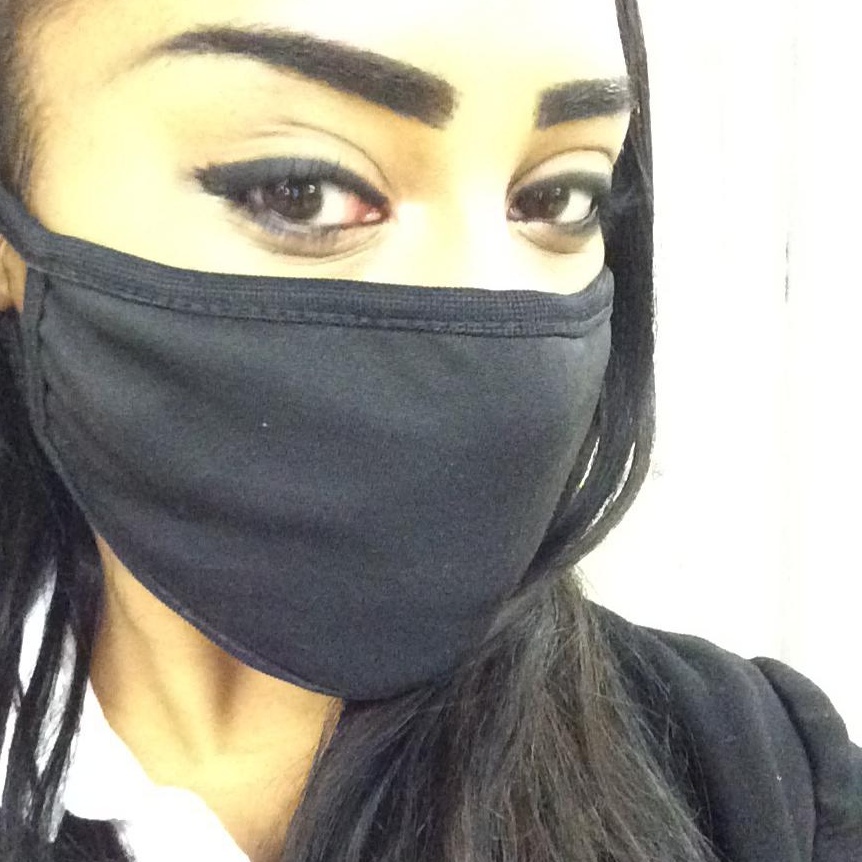A Helpful Guide to Healthcare in Japan
No matter where you live, it's good to have at least a general sense of how the health and medical care system works. Below we've outlined the differences between Japanese hospitals and clinics, the basics of the health insurance system, and some tips on finding English-speaking doctors.
By O.M. Miki1. Hospitals & Clinics
First off, it's important to understand the difference between Japanese clinics and Japanese hospitals.
Large hospitals, or sogo byoin, are usually for emergency cases, and whether you have insurance or not, the bill can be pretty high should you decide to go to a hospital for a general case of the cold, since you'll typically be charged an extra fee for showing up without a referral.
Local clinics, or kurinikku, on the other hand, are smaller institutions that generally specialize in a certain set of ailments, though some may have a few doctors with multiple specialties. This means you have to do a bit of self-diagnosis to determine what kind of clinic you should visit. The doctor can't identify the problem, there's a good chance he or she will then refer you to another clinic.
Large hospitals will have late-night reception, but clinics are usually open from around 9 a.m to 6 p..m., and often take a long break in the middle of the day. It's important to check the schedule before going to a clinic, as they also tend to have random off-days in the middle of the week. Appointments aren't usually necessary when going to a clinic, but some prefer you to call in advance, so again, it's best to check before visiting. While there are some clinics with late hours, if you have a problem late at night that can't wait until morning, you may just need to deal with the expense and go to a hospital.
There are also children's clinics. While it's all right to take your child to a general clinic, taking him or her to a children's clinic can be beneficial—not just because the doctors specialize in children cases, but also because the clinic environment is usually geared toward children, with toys, books and other fun diversions to help your child avoid focusing on any pain he or she may be experiencing.
You can find a fairly extensive list of English-speaking doctors at the link below. Scroll down for other areas. While generally geared toward women, it's a good starting point. If your region isn't included, you can try a Google search for English-speaking doctors in your area.
2. Registration
If it's your first time to visit a particular clinic or hospital, you'll have to fill out an information form (karute) to receive the facility's identification card, and you'll be asked to fill out a questionnaire outlining what's wrong. Once you have the identification card you'll only need to present it to at the desk along with your insurance (if you have it) at the front counter when you revisit.
The site below has a good walk-through for what to do if you feel sick in Japan, including some basic phrases and a few more hospitals in the Kanto area.
3. Health Insurance
The two main kinds of public health insurance in Japan are Social/Employees’ Health Insurance (Shakai Kenko Hoken), which is provided to full-time company employees, and National Health Insurance (NHI, Kokumin Kenko Hoken), which must be independently applied for at a municipal office.
Both forms of insurance cover 70 percent of the cost for most medical treatment. You'll typically be expected to show your health insurance card upon arrival at a hospital or clinic.
Foreign residents of Japan not covered by Employees' Health Insurance are expected to sign up for NHI if they will be living in the country for more than three months. You can find out more about these insurance types at the link below.
Be forewarned that if you don't sign up for NHI and subsequently apply to join, you will be charged back payments for the months you did not pay. However, if you have recently moved to a region under a different municipal administration, you will usually only be charged back payments to your move date.
Also be aware that if you sign up for NHI and later get Employees' Health Insurance, you should be sure to cancel your NHI plan—you're not automatically removed from the roll, and you could end up continuing to pay both!
Travel insurance is generally not accepted in Japan, and you will usually have to pay full price for your treatment up-front before being reimbursed by your insurance company. Be sure to check with your insurance company to be sure of what kind of documentation you need to submit for reimbursement.
4. In an Emergency
In case of an emergency medical situation, dial 119 on your cellphone or a public phone. It's a free call.
The operator may not speak English, so it's best to speak slowly and simply say "Ambulance" (this is the same number as the fire department, so it's important to specify—they'll understand "ambulance").
If you can communicate with the operator, you can give details of your condition. If you can't, just give your address (or location if you're not at home), and again, speak slowly, and be ready to repeat if necessary.
You can find more information on calling an ambulance below.


